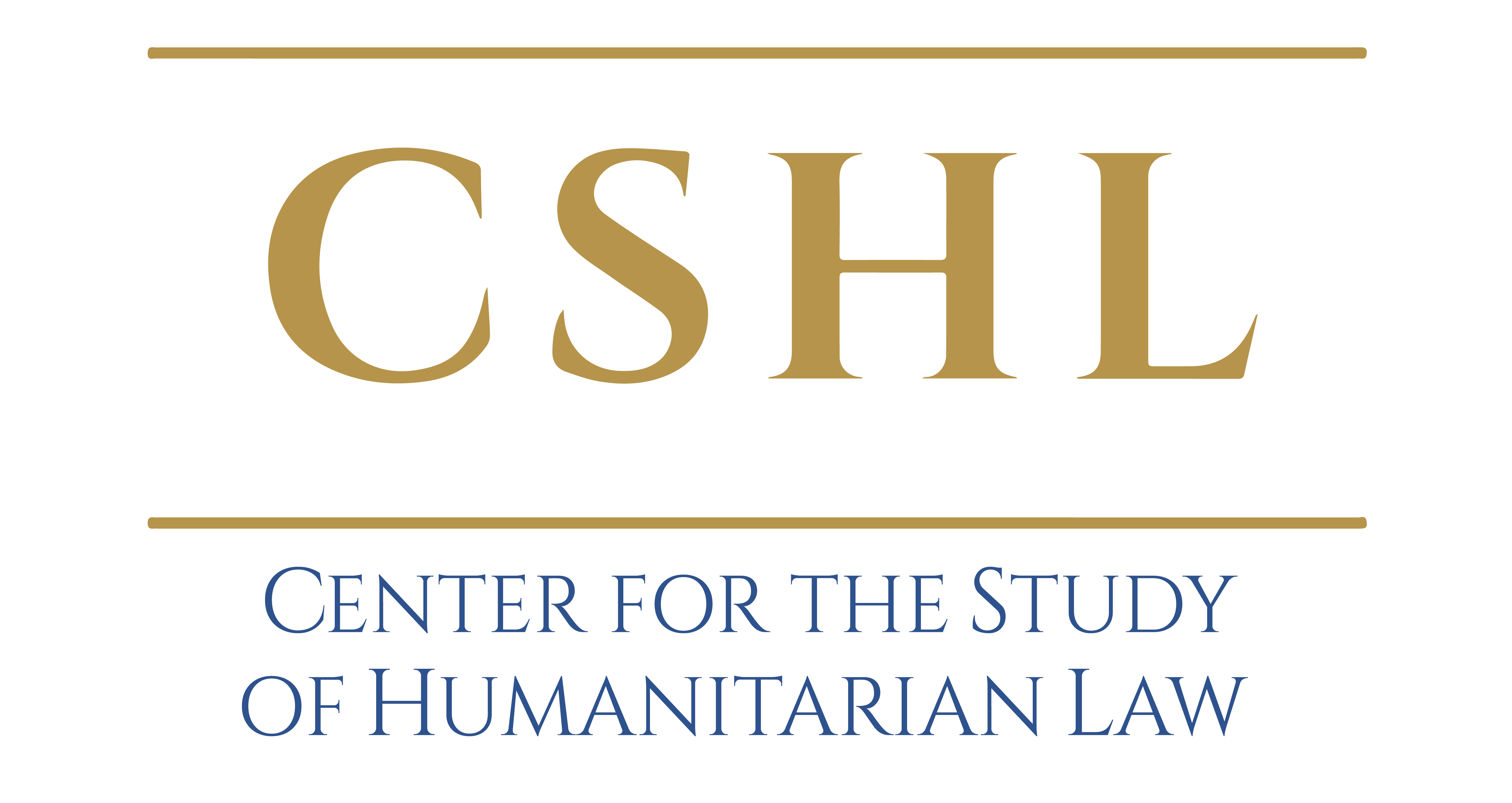HUMANITARIAN LAW
What is international humanitarian law?
International humanitarian law is a set of rules which seek, for humanitarian reasons, to limit the effects of armed conflict. It protects persons who are not or are no longer participating in the hostilities and restricts the means and methods of warfare. International
humanitarian law is also known as the law of war or the law of armed conflict.
International humanitarian law is part of international law, which is the body of rules governing relations between States. International law is contained in agreements between States – treaties or conventions –, in customary rules, which consist of State practise considered by them as legally binding, and in general principles.
International humanitarian law applies to armed conflicts. It does not regulate whether a State may actually use force; this is governed by an important, but distinct, part of international law set out in the United Nations Charter.
UNITED NATIONS, WAR CRIMES AND HUMANITARIAN LAW
WAR CRIMES AND CRIMES AGAINST HUMANITY, INCLUDING GENOCIDE
Convention on the Prevention and Punishment of the Crime of Genocide
Statute of the International Tribunal for the Former Yugoslavia
Statute of the International Tribunal for Rwanda
Rome Statute of the International Criminal Court
United Nations Assistance to the Khmer Rouge Trial
HUMANITARIAN LAW
Geneva Convention relative to the Treatment of Prisoners of War
Geneva Convention relative to the Protection of Civilian Persons in Time of War
TREATIES AND CONVENTIONS
International humanitarian law is based on a large number of treaties, in particular the Geneva Conventions of 1949 and their Additional Protocols, and a series of other conventions and protocols covering specific aspects of the law of armed conflict. There is also a substantial body of customary law that is binding on all States and parties to a conflict

